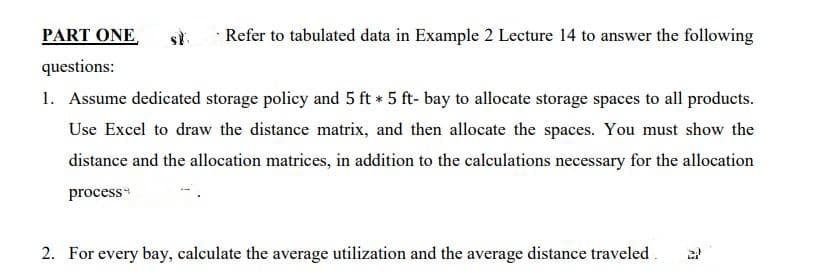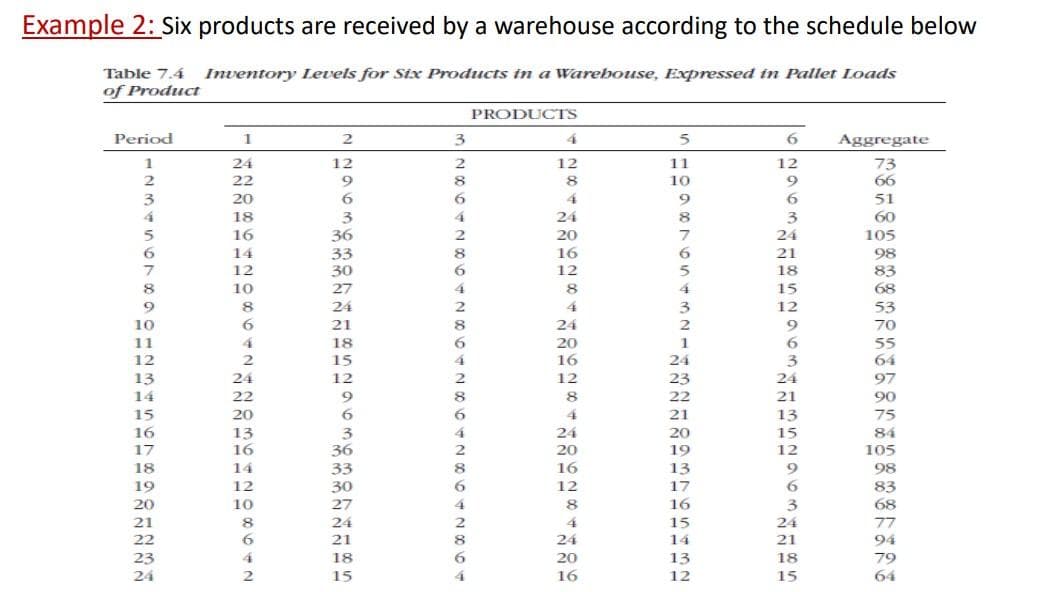le 7.4 Inventory Levels for Stx Products in a Warehouse, Expressed in Pallet Loads Рroduct PRODUCTS riod 1 2 3 4 Aggregate 24 12 12 12 73 66 11 2 22 8 10 3 20 51 18 3 24 8 60 16 36 33 30 27 20 7 24 105 14 16 6. 21 98 83 68 53 70 12 12 18 10 15 8 24 3 12 10 11 12 13 14 15 16 17 18 19 20 21 21 24 2 4 18 20 1 55 64 2 15 16 24 3 12 23 22 24 97 90 24 12 22 21 20 4 21 13 75 13 16 3 36 33 30 24 20 15 84 20 16 19 12 105 14 13 98 12 12 17 6. 83 68 10 27 16 3 8. 24 15 77 1963
le 7.4 Inventory Levels for Stx Products in a Warehouse, Expressed in Pallet Loads Рroduct PRODUCTS riod 1 2 3 4 Aggregate 24 12 12 12 73 66 11 2 22 8 10 3 20 51 18 3 24 8 60 16 36 33 30 27 20 7 24 105 14 16 6. 21 98 83 68 53 70 12 12 18 10 15 8 24 3 12 10 11 12 13 14 15 16 17 18 19 20 21 21 24 2 4 18 20 1 55 64 2 15 16 24 3 12 23 22 24 97 90 24 12 22 21 20 4 21 13 75 13 16 3 36 33 30 24 20 15 84 20 16 19 12 105 14 13 98 12 12 17 6. 83 68 10 27 16 3 8. 24 15 77 1963
Functions and Change: A Modeling Approach to College Algebra (MindTap Course List)
6th Edition
ISBN:9781337111348
Author:Bruce Crauder, Benny Evans, Alan Noell
Publisher:Bruce Crauder, Benny Evans, Alan Noell
Chapter5: A Survey Of Other Common Functions
Section5.3: Modeling Data With Power Functions
Problem 6E: Urban Travel Times Population of cities and driving times are related, as shown in the accompanying...
Related questions
Question

Transcribed Image Text:PART ONE,
st.
Refer to tabulated data in Example 2 Lecture 14 to answer the following
questions:
1. Assume dedicated storage policy and 5 ft * 5 ft- bay to allocate storage spaces to all products.
Use Excel to draw the distance matrix, and then allocate the spaces. You must show the
distance and the allocation matrices, in addition to the calculations necessary for the allocation
process*
2. For every bay, calculate the average utilization and the average distance traveled.

Transcribed Image Text:Example 2: Six products are received by a warehouse according to the schedule below
Table 7.4 Inventory Levels for Six Products in a Warebouse, Expressed in Pallet Loads
of Product
PRODUCTS
Period
1
2
3
4
6
Aggregate
1
24
12
2
12
11
12
73
66
2
22
8
8
10
6.
4
6.
51
3
4
20
18
24
60
3
36
4
8
3
16
2.
20
7
24
105
14
16
33
30
27
21
98
83
68
12
6.
12
18
8
10
4.
8
4
15
8
24
4
3
12
53
10
6
21
8
24
2
70
1
24
11
4
6.
6.
3
18
20
55
12
2
15
16
64
13
14
24
12
2.
12
23
24
97
22
8
8
22
21
90
20
13
16
15
6.
4
21
13
75
16
84
3
36
24
20
15
17
20
19
12
105
18
14
16
33
30
8
13
98
6.
6.
83
68
19
12
12
17
20
10
27
8
16
3
21
8
24
2.
4
15
24
77
22
21
24
14
21
94
23
24
4
18
6.
20
13
18
79
2
15
4
16
12
15
64
Expert Solution
This question has been solved!
Explore an expertly crafted, step-by-step solution for a thorough understanding of key concepts.
Step by step
Solved in 2 steps with 2 images

Recommended textbooks for you

Functions and Change: A Modeling Approach to Coll…
Algebra
ISBN:
9781337111348
Author:
Bruce Crauder, Benny Evans, Alan Noell
Publisher:
Cengage Learning

Functions and Change: A Modeling Approach to Coll…
Algebra
ISBN:
9781337111348
Author:
Bruce Crauder, Benny Evans, Alan Noell
Publisher:
Cengage Learning